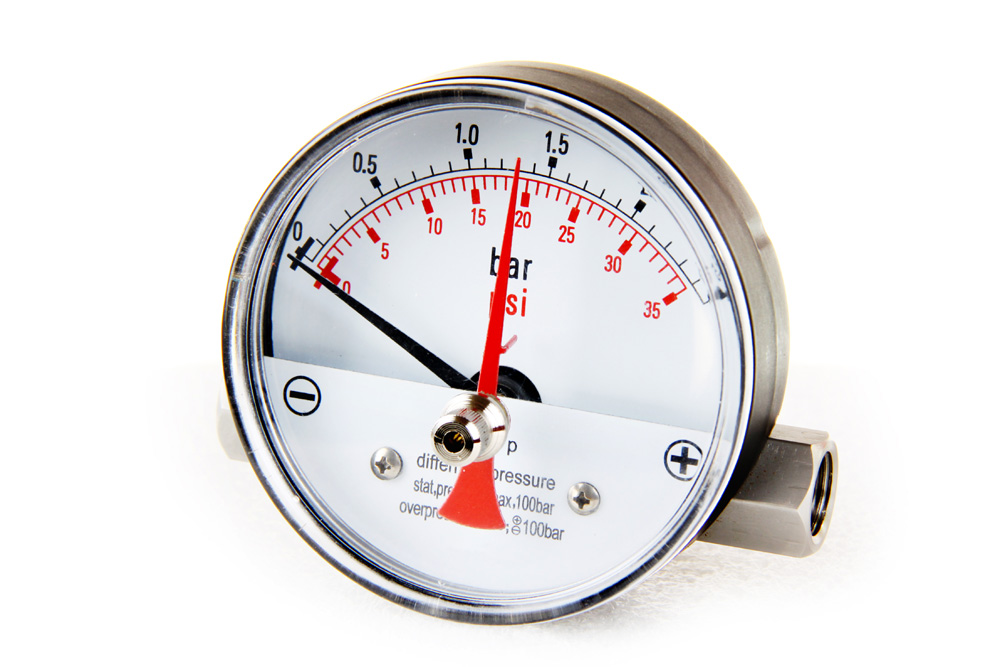
Aug . 13, 2024 03:36 Back to list
Key Distinctions Between Differential Pressure Gauges and Absolute Pressure Measurement Instruments Explained
The Difference Between Differential and Absolute Pressure Gauges
Pressure measurement is fundamental in various fields, including manufacturing, pharmaceuticals, and environmental monitoring. Understanding the different types of pressure measurement is crucial for selecting the appropriate gauge for specific applications. Two of the most commonly used pressure gauges are differential pressure gauges and absolute pressure gauges. Though they may seem similar, they serve distinct purposes and measure pressure in different ways.
Absolute Pressure Gauges
Absolute pressure gauges measure pressure relative to a complete vacuum. This means that they reference their readings against the absence of any pressure, which is considered zero pressure. Absolute pressure is crucial in applications where vacuum conditions are involved, such as in vacuum systems, gas storage, and meteorology.
The measurement is typically expressed in units like pounds per square inch absolute (psia) or pascals (Pa). For instance, the absolute pressure of an environment might be 14.7 psia at sea level, which corresponds to the atmospheric pressure plus the vacuum reference. This is critical in scenarios where precise pressure readings are necessary, as variations in atmospheric pressure can significantly affect processes. If you need to know the actual pressure of a gas or fluid regardless of atmospheric conditions, an absolute pressure gauge is necessary.
Differential Pressure Gauges
Differential pressure gauges, on the other hand, measure the difference between two pressure points. The gauge typically has two inputs one to measure specific high pressure and the other to measure low pressure. This allows the gauge to provide a reading that indicates whether the high pressure is greater or lower than the low pressure.
famous difference between differential and absolute pressure gauges

Differential pressure gauges are widely used in applications such as filter monitoring, flow measurement in ducts, and level measurement in containers. The output is expressed as a difference in pressure, such as pounds per square inch differential (psid) or bars. They are essential for monitoring the health of systems, as an increase in differential pressure can indicate an obstructed filter or other anomalies within a system.
Key Differences
1. Reference Point The primary distinction lies in what each type of gauge references. Absolute pressure gauges reference a perfect vacuum as zero pressure, whereas differential pressure gauges reference another pressure point. This makes absolute gauges suitable for scenario analyses where atmospheric pressure can change, while differential gauges are excellent for assessing pressure changes across a system.
2. Applications Absolute pressure gauges are utilized in situations that require a true understanding of pressure regardless of environmental factors. They are often found in meteorological and scientific applications. Differential pressure gauges are utilized in applications that require the measurement of pressure changes within a system, making them ideal for HVAC systems, filtration systems, and process control.
3. Calibration and Accuracy Absolute gauges usually require calibration against a known vacuum standard, while differential gauges are generally calibrated to ensure accurate readings between the two pressure inputs.
In conclusion, both differential and absolute pressure gauges play essential roles in various industrial and scientific applications. Understanding the differences between these gauges enables engineers and operators to select the right measurement tools for their specific needs. While absolute pressure gauges provide essential information about the total pressure in a system, differential pressure gauges are instrumental in monitoring changes and ensuring the efficiency of systems. Each type of gauge is an invaluable tool in the realm of pressure measurement, contributing to safety, efficiency, and precision across multiple industries.
-
High-Precision 5 Valve Manifold Differential Pressure Gauge Suppliers
NewsApr.29,2025
-
High-Precision Diaphragm Vacuum Pressure Gauges Manufacturers & Quotes
NewsApr.29,2025
-
Omega Differential Pressure Gauges High Accuracy & Durability
NewsApr.28,2025
-
Low Pressure Differential Pressure Gauges Precision Solutions & Quotes
NewsApr.28,2025
-
Digital Diaphragm Pressure Gaauge Precision Measurement & OEM Quotes
NewsApr.28,2025
-
Differential Pressure Gauge China Price High-Accuracy & Best Quotes
NewsApr.28,2025
